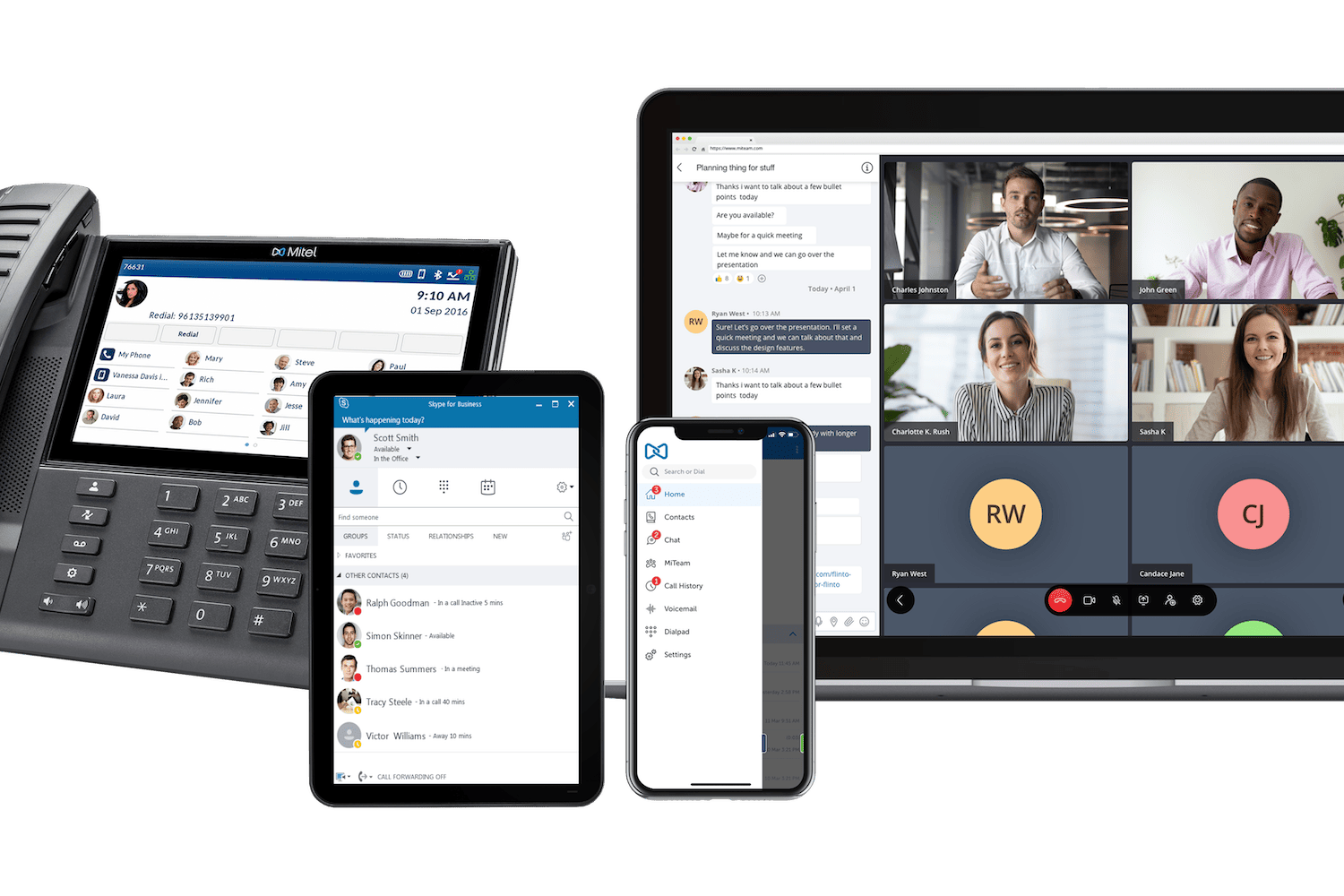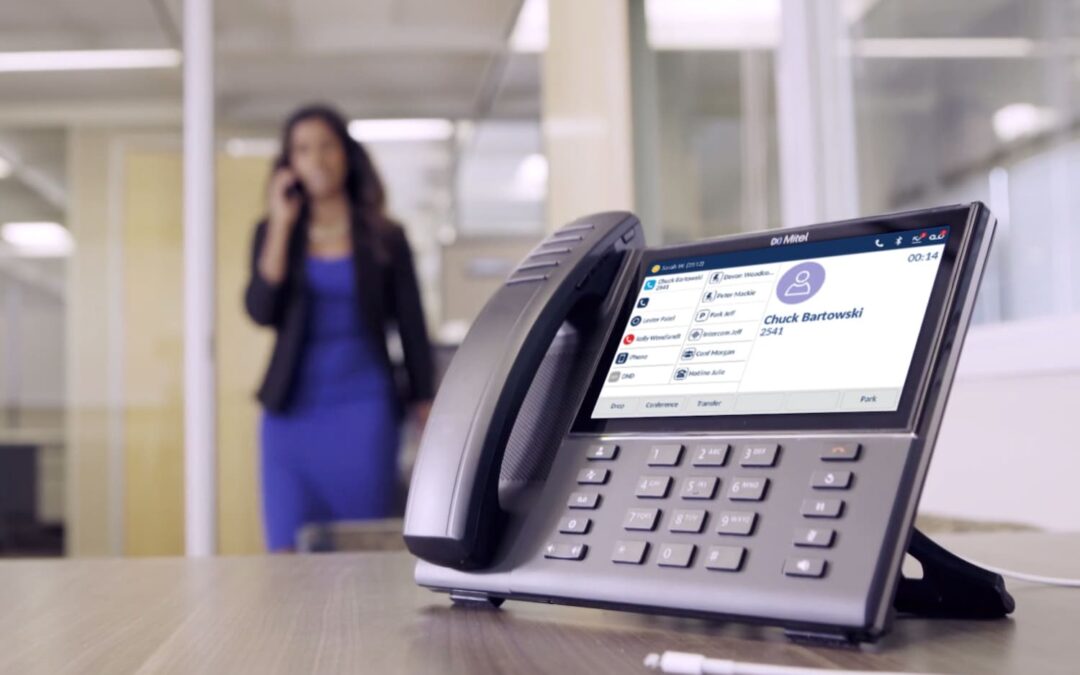Your team members are working from kitchen tables in Perth, home offices in Brisbane, and co-working spaces in Melbourne, but your phone system was designed for everyone to sit at the same desk every day. This fundamental mismatch between your infrastructure and your workforce’s reality might be creating daily friction that impacts both productivity and job satisfaction.
The Geography Problem
Your employees might be spread across multiple time zones, with team members in regional areas dealing with different internet infrastructure quality than those in major cities. Traditional on-premise systems assume everyone connects from the same physical location with identical network conditions.
When your sales rep in Cairns needs to make client calls with the same professional appearance as colleagues in the Sydney office, your current system probably requires complex workarounds. VPN connections, forwarding rules, and remote desktop solutions create unnecessary complications that shouldn’t exist in modern work environments.
Remote employees often experience call quality issues, dropped connections, or inability to access advanced features that their office-based colleagues use routinely.
The Setup Complexity Burden
Your IT team likely spends considerable time configuring remote access for each new flexible work arrangement. Every home office setup requires individual attention: port forwarding, firewall configurations, and troubleshooting connectivity issues that wouldn’t exist with location-independent systems.
The complexity multiplies when employees change locations frequently. A team member who splits time between Melbourne and Adelaide needs different configurations for each location, assuming reliable connectivity is even possible with your current infrastructure.
Your support burden increases as remote workers encounter technical issues that office-based employees never face. Simple tasks like transferring calls or accessing voicemail become complicated processes that require IT intervention or extensive user training.
Security and Compliance Complications
Maintaining security standards across distributed locations creates additional overhead with traditional phone systems. Each remote connection represents a potential security vulnerability that requires monitoring and management.
Your compliance requirements don’t change based on employee location, but ensuring consistent security protocols across home offices, co-working spaces, and client sites becomes exponentially more complex with legacy infrastructure. You’re essentially managing dozens of mini phone systems instead of one cohesive platform.
Data protection regulations require consistent handling regardless of where calls originate or terminate, but traditional systems often lack the centralised control necessary to ensure compliance across multiple locations and connection types.

The Productivity Impact
Your remote employees probably spend time each day working around communication limitations that don’t affect their office-based colleagues. They might miss important calls due to complex forwarding rules, struggle with poor call quality during client conversations, or simply avoid making calls because the process is cumbersome.
Collaboration suffers when some team members have access to advanced features while others are limited by their location or connection method. Projects slow down when communication tools work differently for different team members, creating coordination challenges that shouldn’t exist.
The hidden cost appears in lost opportunities: sales calls that don’t happen because the process is too complicated, client relationships that suffer due to poor call quality, or strategic discussions that get delayed because scheduling becomes difficult across multiple communication platforms.
Modern Solutions Eliminate Location Barriers
Cloud-based hybrid phone systems businesses are adopting remove location as a factor in communication capability. Your employees in Darwin access identical features to colleagues in Tasmania, with consistent call quality and functionality regardless of their internet connection point.
These platforms integrate seamlessly with existing business applications, allowing remote workers to access customer databases, collaboration tools, and communication features through unified interfaces. The technology adapts to different connection qualities automatically, ensuring professional experiences even when internet conditions vary.
Security becomes centralised rather than distributed, with enterprise-grade protections that work consistently across all locations without requiring individual configuration for each remote setup.
The Integration Advantage
Your team may already use various productivity tools, but your current phone system probably operates independently from these applications. Modern cloud communications integrate directly with calendar systems, customer relationship management platforms, and collaboration tools your employees use daily.
This integration eliminates the context switching that reduces productivity in remote work environments. Instead of juggling multiple applications, your team works within familiar interfaces that happen to include comprehensive communication capabilities.
Video conferencing, instant messaging, file sharing, and traditional telephony converge into single platforms that work identically whether accessed from corporate offices or home-based workstations.
Cost Considerations Beyond Monthly Fees
Your current approach to supporting remote workers involves hidden costs that cloud solutions reduce significantly. IT support time for troubleshooting remote connections, additional hardware for home offices, and productivity losses from communication limitations add up to substantial ongoing expenses.
Employee satisfaction and retention improve when work-from-anywhere policies are genuinely supported by technology rather than complicated by it. The competitive advantage in talent acquisition becomes significant when your communication platform enables seamless remote work rather than merely tolerating it.
Making the Transition
Moving to modern hybrid phone systems doesn’t mean abandoning existing investments overnight. Gradual migration strategies allow you to test cloud capabilities with pilot groups while maintaining current operations for the broader organisation.
The transition often reveals communication inefficiencies that weren’t obvious with location-based systems. Teams discover better collaboration patterns when technology supports their work styles rather than constraining them to physical proximity requirements.
Your hybrid workforce deserves communication tools designed for location independence rather than systems that tolerate remote work as an afterthought.
Ready to learn more? Reach out to our team today to chat through your requirements in further detail.





